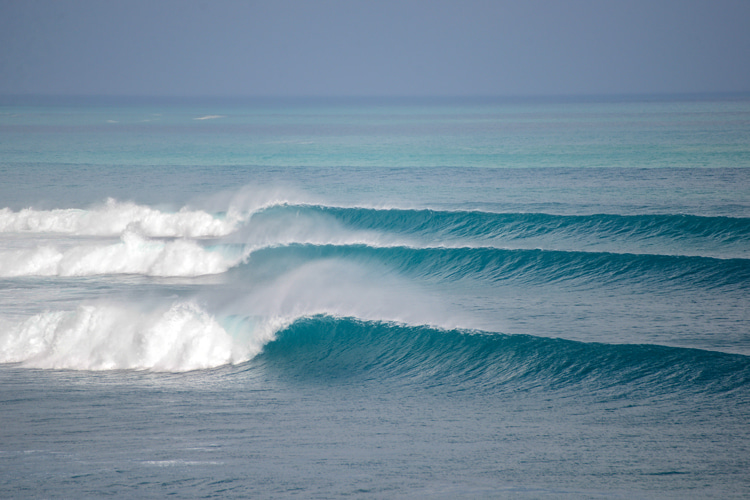Sandbars play a critical role in the formation of quality waves for surfing. How do they form, and how do they move on the ocean floor?
We have all surfed shifty beach breaks. We've seen perfect beach breaks pumping beautiful A-frames when suddenly, in a matter of days or even hours, conditions change, and the same peak no longer exists.
Sand and sediment alter the way waves break at your local surf spot. The formation of good sandbars for surfing depends on several complex variables.
"The basic mechanism that allows the waves to move the sediment is the near-bed water motion under the waves," explain Tony Butt and Paul Russel in their book "Surf Science: An Introduction to Waves for Surfing."
"The water drags along the bottom, transporting the sediment. If the motion is greater in one direction than the other, then the sediment will have a net displacement".
Summer Versus Winter
You've probably noticed that sandbars are formed in different positions during summer and winter.
In the warm season, sandbars pop close to the shore, while in the cold months, sandbars appear further out.
"The classic bar-trough system, with a series of good sandbars along the length of the beach, and paddling channels in between, is a consequence of [...] feedback between the waves breaking over the bars, accumulation of sediment below breaking waves, and the gouging out of a channel by the rips", add Butt and Russel.
The motion of the water is, as we've seen, a key factor in the formation of sandbars. The speed of the water is also relevant as it moves grains of sediment forward and backward.
There are obstacles to these underwater movements. Sand can find piers, reefs, rocks, trenches, algae, and industrial objects while making its journey along the ocean floor.
The overall result is the sandbar. You can't change it yourself. The changes it makes naturally will have a big influence on the way you'll surf.
Discover how waves are formed.
